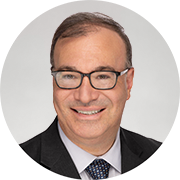A question that often comes up in financial planning conversations is how to prioritize contributions across various registered plans. If you don’t have extra cash annually to maximize all your plans, here are some things to consider.
My general advice is to go for the “free money” first. If you or a family member has a disability, contribute first to a Registered Disability Savings Plan (RDSP), which can provide up to $90,000 in grants and bonds.
If you’ve got kids or grandkids, prioritize the Registered Education Savings Plan (RESP) by contributing at least $2,500, per kid, per year, to get the 20% government match, which can add up to $7,200 per child.
Then, if you’re a first-time homebuyer, contribute up to $8,000 to a First Home Savings Account (FHSA), since there’s a tax deduction on the way in and no tax on the way out if you buy a first home. If you don’t end up buying a home, you can move the funds over to a Registered Retirement Savings Plan (RRSP) without using up RRSP contribution room.
With any excess funds, consider your short-, medium- and long-term savings goals. For example, if your goal is to save for a home renovation in a few years, the Tax-Free Savings Account (TFSA) may be your best choice because you can withdraw money anytime without penalties, and recontribute any amounts drawn beginning next year.
On the other hand, if your goal is long-term retirement savings, choosing between an RRSP and TFSA comes down to your tax bracket today versus your expected tax rate in retirement. If you’re in a higher tax bracket now than you expect to be in when you retire, prioritize RRSP contributions. If you’re in a relatively low bracket today, TFSAs may be your best option.

